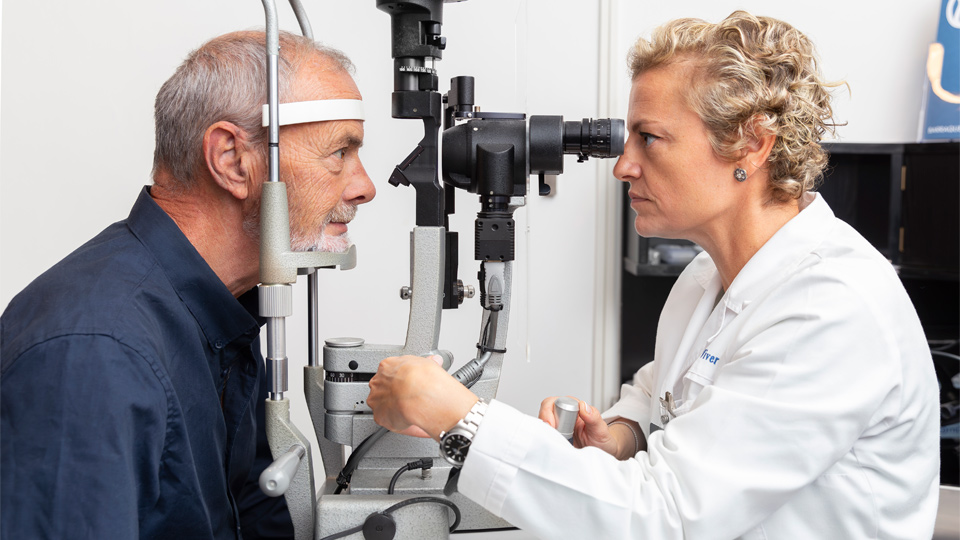Does hyaluronic acid work to get rid of dark circles?
30/06/2025

28/10/2024
A macular hole is a break that forms in the center of the retina, specifically in the area known as the macula. The macula is crucial for precise visual tasks, such as reading, recognizing faces, or performing work that requires focus on details. This condition commonly appears after the age of 50 and is more prevalent in women.
Causes
Generally, the macular hole is due to age-related changes, since as we age, the vitreous humourhat tends to shrink and separate from the retina. If the vitreous is firmly attached to the macula, this traction can cause a hole. We call this phenomenon vitreomacular traction.
It can also be caused by:
Symptoms
Diagnosis
Diagnosis involves using high-magnification lenses to detect the macular break during an examination of the retina after pupil dilation. Diagnosis is confirmed with an optical coherence tomography (OCT) scan of the macula, which provides a detailed view of the hole's size and thickness. This scan is instrumental in assessing the condition’s prognosis and helps determine the most appropriate surgical technique.
Treatment
In early stages, the specialist may choose to perform checks to see if the hole closes on its own. Even so, the main therapeutic option is pars plana vitrectomy. In this surgery, vitreous smoke is removed to relieve vitreous traction on the macula. At the end of the surgery, a gas bubble is introduced, which will require postoperative positioning by the patient to help the hole close.
Most patients experience a significant improvement in vision after surgery, although vision rarely returns to perfect due to the persistence of metamorphopsia.
It should be noted that visual results are usually better the earlier the intervention is performed.
Dr. Sònia Viver, ophthalmologist at the Barraquer Ophthalmology Centre